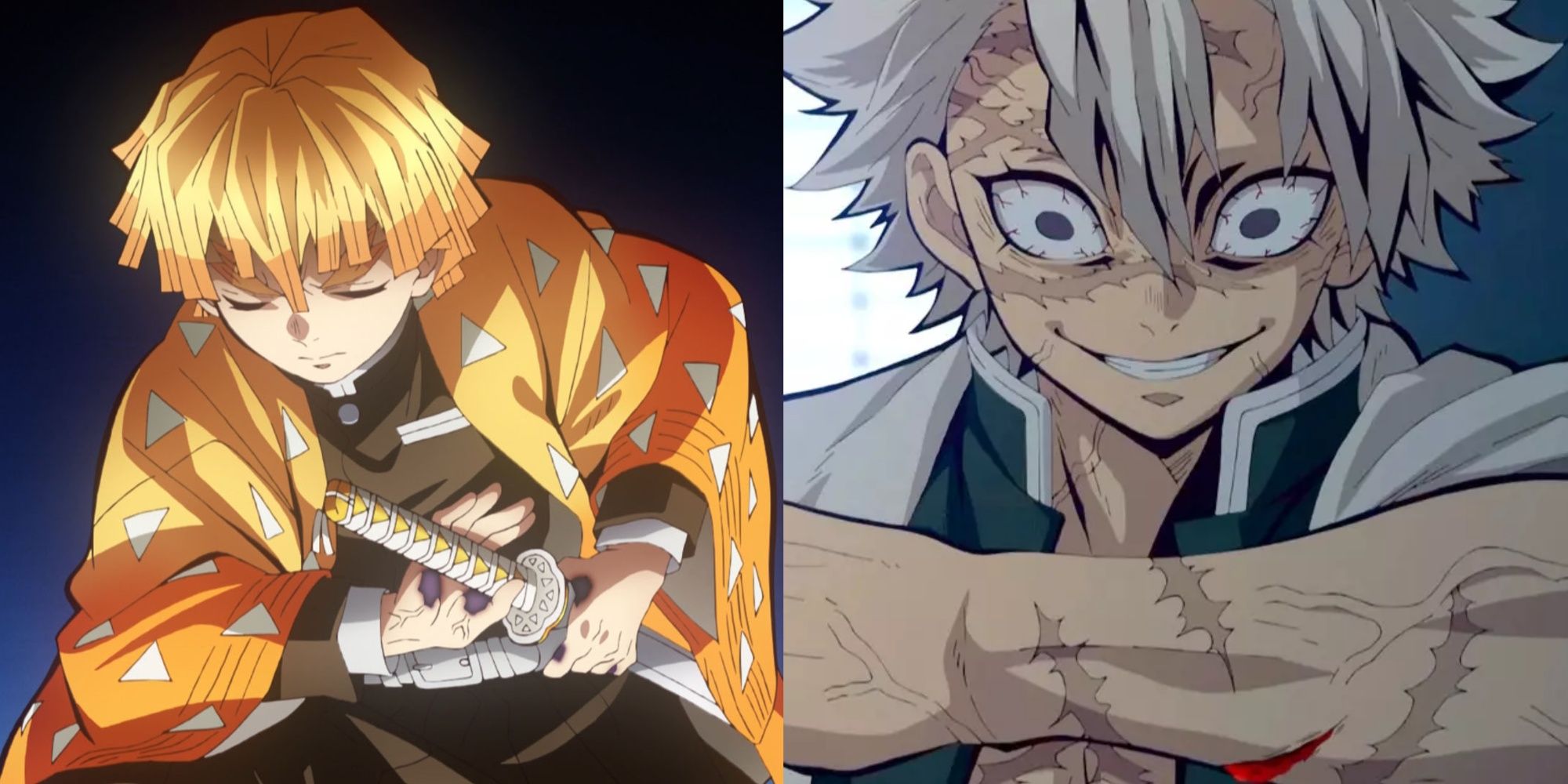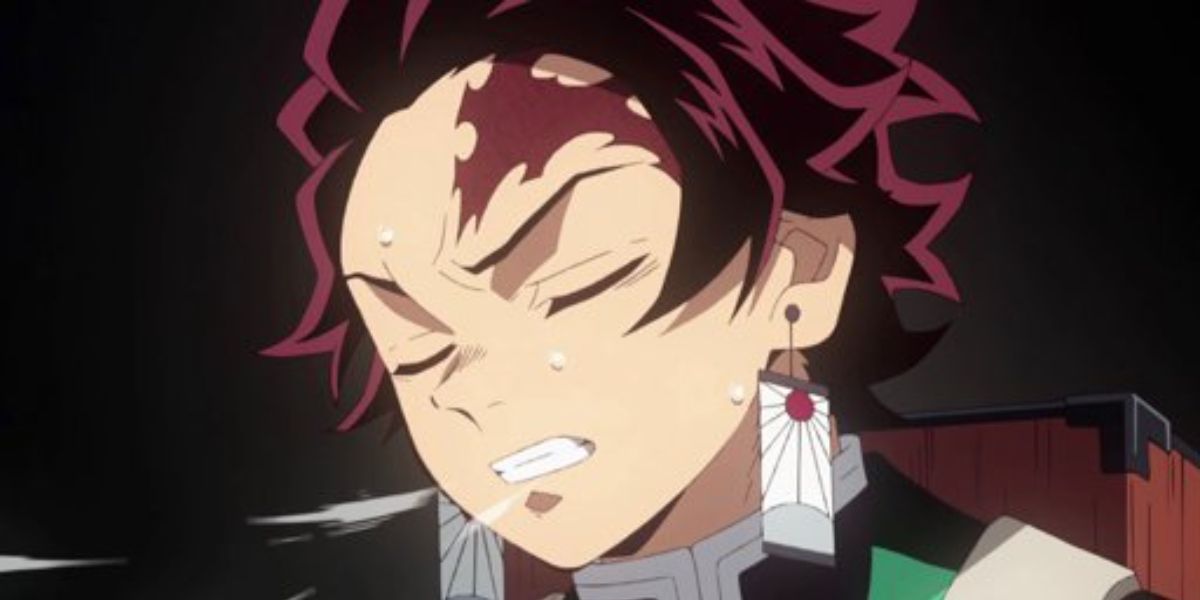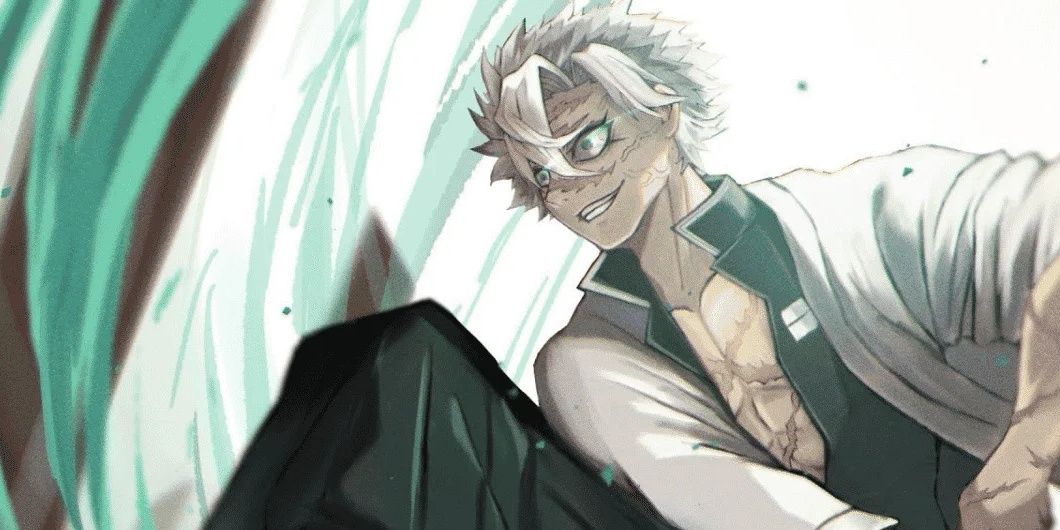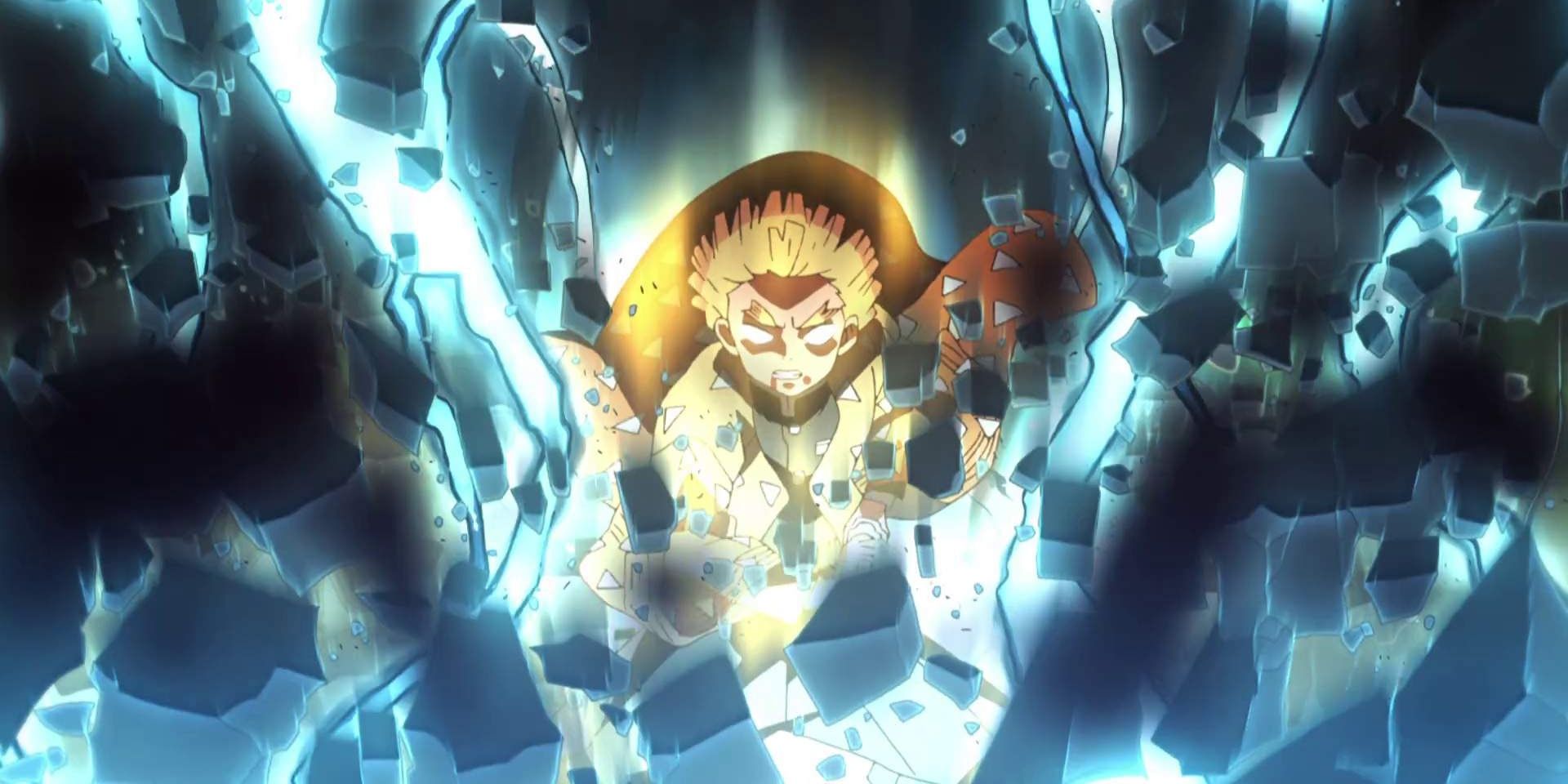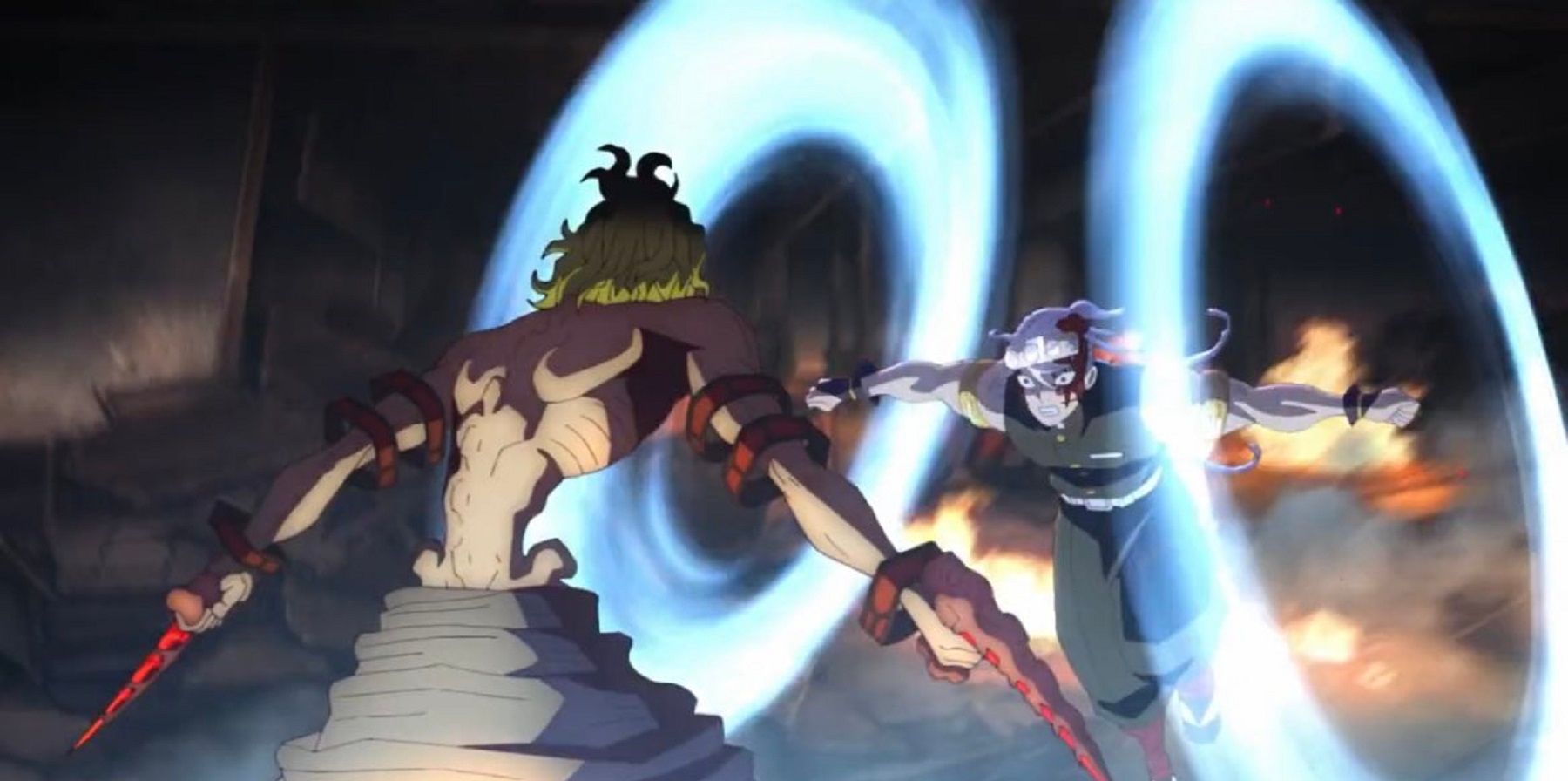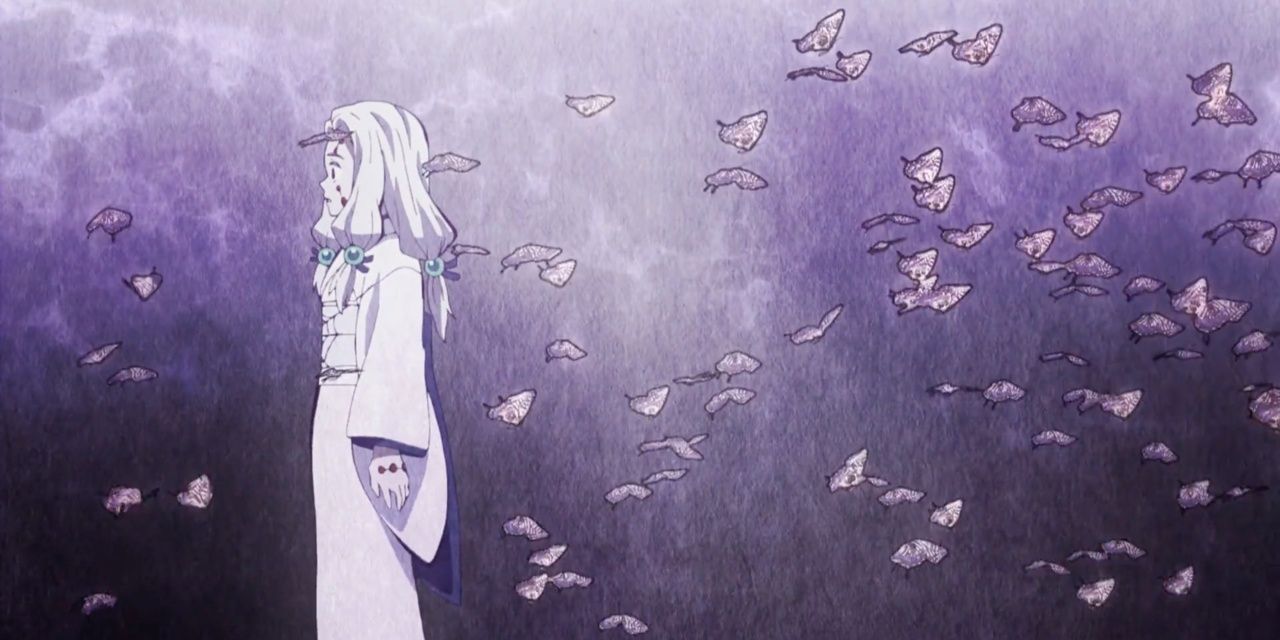Highlights
- Techniques in Demon Slayer are grounded in science, not supernatural abilities, allowing for real-world applications and explanations.
- Breathing techniques like Total Concentration Breathing and Wind Breathing mirror real-life practices for enhanced physical performance.
- Characters like Tengen Uzui and Shinobu Kocho use unique techniques in combat, based on sound and insect mimicry for deadly efficiency.
The author of the renowned Demon Slayer series stated that the Demon Slayers don't actually have supernatural powers or control over the elements. Most of what is depicted in the anime is simply an effect of visual flair. Due to the techniques Demon Slayers use lacking supernatural qualities, their techniques can be explained through science and real-world applications.
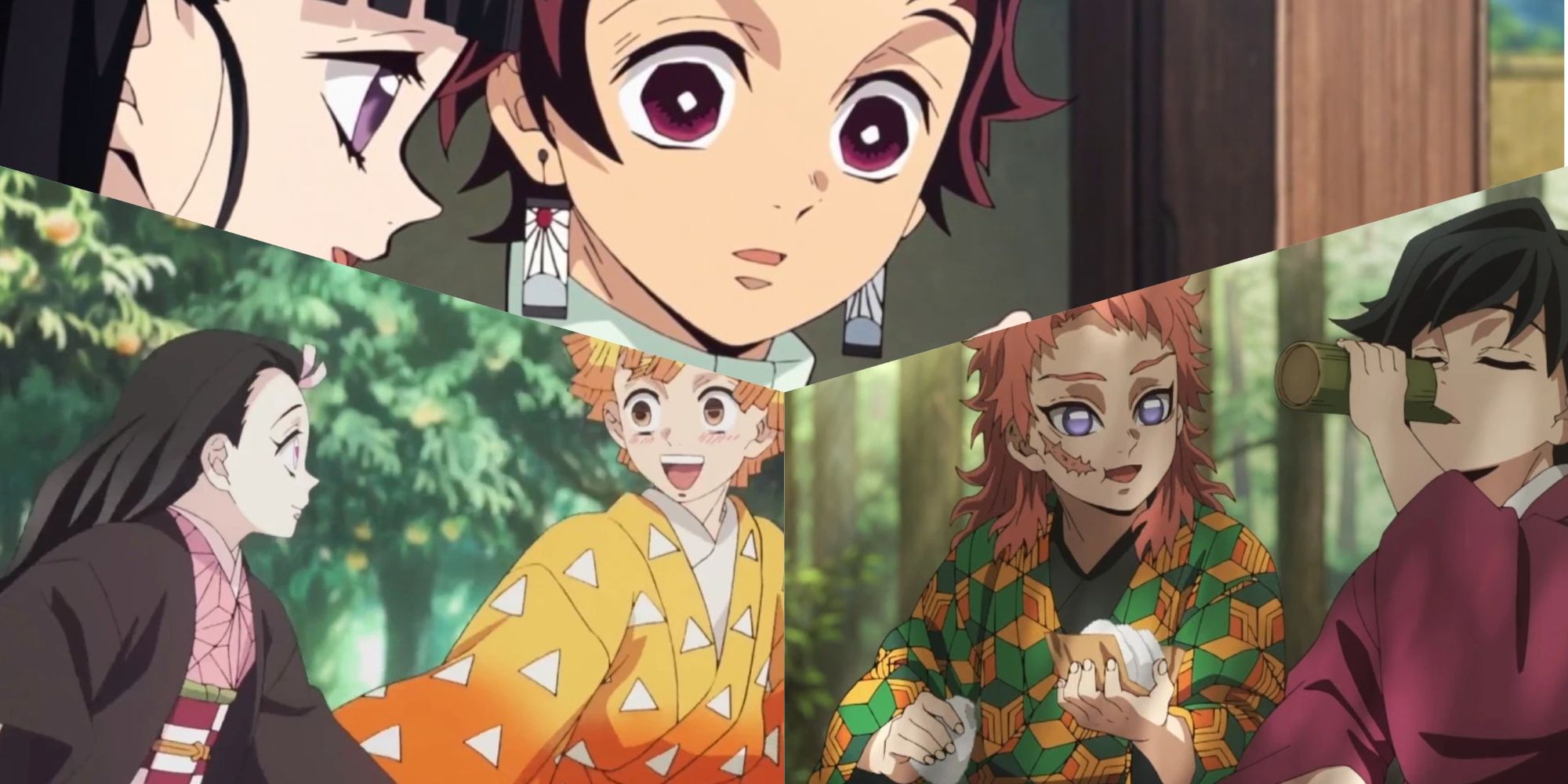
Demon Slayer: 7 Best Friendships
Demon Slayer may be mostly focused on demon-slaying action, but its the friendships between the series' characters that drive the story forward.
Interestingly, most breathing techniques can only be used by certain characters as it is tailor-made for their build, habits, and general disposition. By breaking down the core tenets behind various techniques in Demon Slayer using science, many would be able to better understand the fundamental application of a technique by looking past the visual flair with which they are portrayed.
5 Total Concentration Breathing
Bridging The Gap Between Fiction And Reality With Breathing Techniques
Although Total Concentration Breathing seems like a mystical technique unique to Demon Slayers, various adaptations of the breathing style have real-life applications. In Total Concentration Breathing, the user inhales a large amount of air into their lungs, which accelerates blood flow by causing excitation to the cells in the muscles.
This is quite applicable in the real world, as increased oxygen intake enhances energy production and physical performance as the muscles being used have a steady supply of oxygen, which reduces fatigue and the buildup of lactic acid. While the Total Concentration Breathing in Demon Slayer produces more supernatural effects than in humans, it is inherently similar to Wim Hof Breathing, which is used for improving the immune system and enhancing mental clarity.
4 Wind Breathing
Mimicking Wind Through Jigen-Ryu Swordsmanship
The most popular known user of the Wind Breathing technique is Sanemi Shinazugawa, the Wind Hashira. Sanemi’s technique mimics wind and contains no supernatural ability for wind control or the like. As seen from the scars around his body, Sanemi’s technique focuses on offense and aims to defeat the enemy with the first strike.
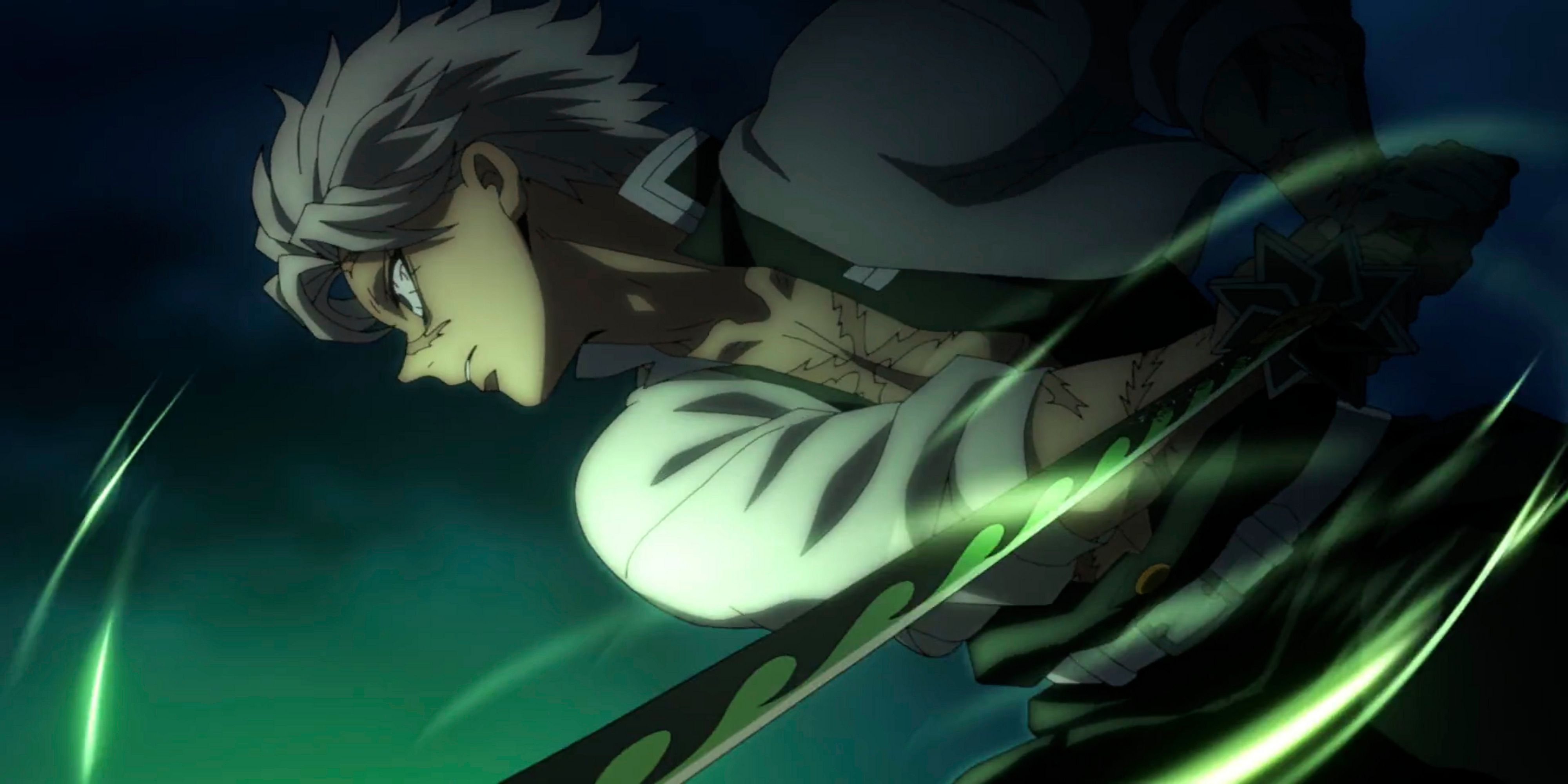
Demon Slayer: How Strong is Sanemi Shinazugawa?
The Wind Hashira is talented, but where does he rank among Demon Slayer's strongest characters?
Wind Breathing is immensely similar and possibly derived from Jigen-Ryu, a traditional form of swordsmanship that optimizes leverage and balance to cut down an opponent in the first strike. By holding the sword in a high “dragonfly” stance, the wielder of the technique cuts diagonally and utilizes momentum and body mechanics in doing so. Wind Breathing’s fourth form: Rising Dust Storm seems like Sanemi creates a cyclone; however, the Hashira simply attacks in a swift spinning motion from below his target, causing immense damage.
3 Thunder Breathing
This Breathing Style Has A Core Focus On Iaijutsu
Contrary to how it looks in the anime, Thunder Breathing doesn’t generate any form of thunder or even lightning. The only form of lightning that is created when using the technique is seen in Kaigaku’s technique, whose lightning is a form of his blood demon art. For humans such as Zenitsu, no lightning is created. The core tenets of Thunder Breathing are in the mimicking of the swiftness of lightning and thunder rather than a supernatural lightning ability.
Thunder Breathing is, in essence, a form of Iaijutsu, which is a quick draw technique meant to take down an opponent in one fell swoop with blinding speed. The mechanics behind Iaijutsu depend heavily on the physics of motion, balance, muscle memory, and reflexes. To execute Iaijutsu, practitioners usually undergo training that conditions their neuromuscular systems to perform the technique instinctively. Thunder Breathing and in essence, Iaijutsu focus on taking down the enemy by surprise and in one fell swoop. This is why Zenitsu is never seen engaging his opponents in multiple sword strikes with constant and various sword techniques. With his speed, he’s always going for the kill in an instant.
2 Sound Breathing
Tengen Uzui Navigates Combat With Sound
Tengen Uzui, the only known user of the Sound Breathing technique in the Demon Slayer series, employs a unique approach to killing demons. When fighting, Tengen converts his opponents' habits and patterns into a musical score, aiming to disrupt their fighting patterns. This ability to convert patterns into sound is similar to how bats and dolphins use echolocation and sonar techniques to navigate their environment and respond to predators. By creating a musical score during combat, Tengen harmonizes his movements with the rhythm of battle, synchronizing his actions with the musical piece.
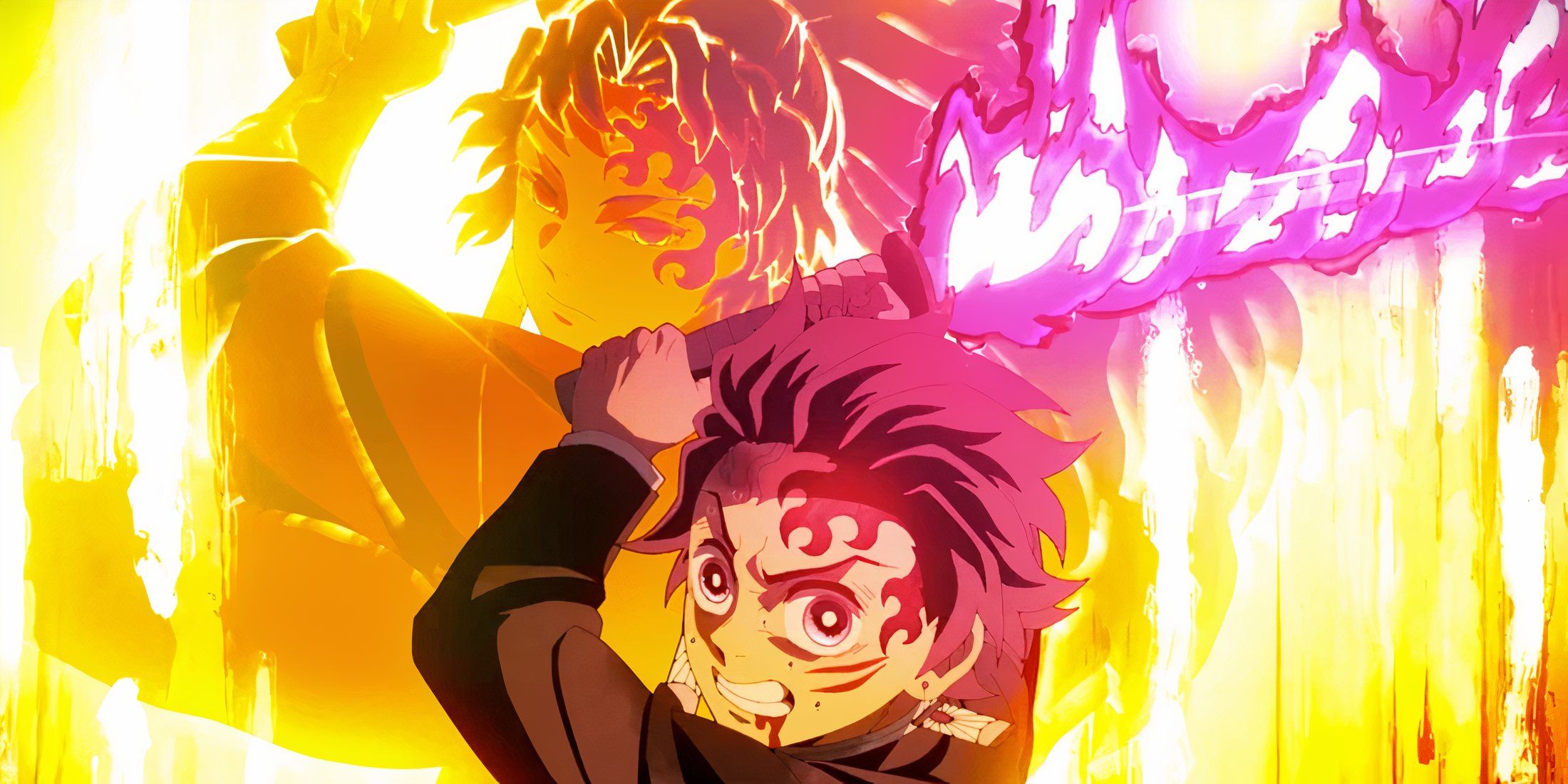
5 Most Creative Fighters In Demon Slayer, Ranked
Many characters in Demon Slayer showcase battle prowess, but when it comes to creativity in combat, these combatants stand out among their peers.
During his fight in the entertainment district, Tengen’s battle against the upper-ranked demons, Gyuraro and Daki, is filled with loud, disorienting explosions, for good reason. Tengen's sound breathing technique involves disorienting his opponents with loud, distracting sounds and noises. He uses tiny bombs, which he sets off mid-battle by slicing them with his unique blades. His blades resemble traditional nunchucks, which are known to generate powerful centrifugal force due to the chains connecting both ends, allowing them to move very fast. The fluid dynamics of these unique Nunchuck-styled weapons enable Tengen to effectively set off bombs, disorienting his opponents with sound.
1 Insect Breathing
Shinobu Kocho’s Combat Style Mimicks The Stinging Of Poisonous Insects
As a breathing technique developed by Shinobu Kocho, Insect Breathing focuses more on speed and agility to make up for Shinobu's lack of physical strength. The core tenets of Insect Breathing lie in the application of biomimicry (mimicking systems modeled on biological entities and processes) and the understanding and application of physiology and in general, poison delivery. With insect breathing, Shinobu portrays subtle yet lethal attacks similar to the unnoticed stings of poisonous insects. This is similar to how humans realize they’ve been bitten by certain insects after the bite. The same way multiple bites from an insect weaken the immune system due to the constant influx of certain parasites is how Shinobu's application of wisteria poison works on demons.
Shinobu utilizes potent poisons based on the wisteria plant, which is harmful to demons in the Demon Slayer world, and coats her swords in said poison. Because of her tailored fighting style, most of Shinobu’s techniques are based on thrusts and stabs rather than slashes. Her thrusts are among the most powerful in the series, and to properly utilize them, she uses a rapier as her weapon. By stabbing her opponents multiple times, Shinobu aims to deliver a dose of poison each time she attacks until said demon succumbs.

Demon Slayer
- Studio
- ufotable
- Creator
- Koyoharu Gotoge
- Number of Episodes
- 56+
- Streaming Service(s)
- Crunchyroll , Hulu , Netflix

